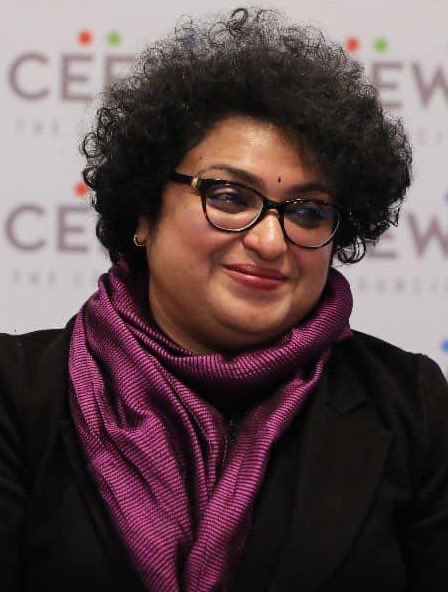The prime focus of Union budget 2019 would be the need to strengthen economic growth. A deviation from the path of fiscal consolidation may be essential to spur growth. A strict adherence of threshold fiscal deficit ratio of the GDP may not be feasible at this point as more public investment especially on capital infrastructure is a pre-requisite to put the economy back on the earlier growth path. This is one of the bold steps expected from Finance Minister Nirmala Sitharaman in her first Budget speech. However, if the fiscal consolidation path is achieved not through tax buoyancy (as tax revenue realized is below target) and through cuts in spending, it can have long term adverse growth consequences.
Tax buoyancy can increase only through appropriate tax reforms. A rejig of Corporate tax is being expected in the budget to spur growth. In the last budget, corporate tax was cut to 25 per cent, but it was announced only for the small and medium firms. On the expenditure side, there is a plausibility of announcing or solidifying the schemes for farmers and women. However, backing up with appropriate budgetary allocation for such mega announcements would be crucial.
The Government is committed to increase the income of farmers, thus giving a major boost, the Cabinet Committee on Economic Affairs (CCEA) chaired by Prime Minister Narendra Modi has approved the increase in the Minimum Support Prices (MSPs) for all ‘kharif’ crops for 2019-20 season. This will lead to increased investment and production through assured remunerative prices to the farmers.
Policy uncertainty can affect economic growth. The “new macroeconomic framework” of India is expected to get further clarity in the next budget. There are deliberations regarding the transfer of excess reserve from Reserve Bank of India to Government under non-tax revenue category to finance the deficits. This issue may get further clarity in the upcoming budget.
The budget announcements are awaited to explore the nature of new economic policies in the country by Mrs. Sitharaman–whether it will be more of ensuring job creation or guaranteeing “minimum basic income” and through financial inclusion.
The government’s continued focus on social infrastructure, especially water and sanitation and gender budgeting in energy infrastructure by providing clean fuel to the women in low income households, is welcome. However, the expenditure of other significant components of social sector budget like health and education needs to be increased significantly. A renewed role of State in human capital formation–especially health and education–is deeply awaited. Budgetary announcement to strengthen National Nutrition Mission is also expected.
The climate change issue is also expected to be addressed in the budget. A “climate responsive budgeting” statement would be welcome, both for adaptation and mitigation strategies.
Structural reforms are also required to catalyze “ease of doing business” and revive growth. Government may announce a set of these reforms to revive growth. The Monetary Policy Committee has reduced policy rates, however the monetary transmission of this announcement by the commercial banks needs to be observed, this in turn would trigger consumption in the economy.
Infrastructure is expected to get more emphasis in the budget as it can surely spur growth. “Leave No One Behind” is the motto of the Modi 2.O government.
Given that the macroeconomic fundamentals of Indian economy are strong, whether Finance Minister Mrs. Sitharaman would unshackle the “animal spirits” of investors is something which one can wait and see. The financial exuberance may be observed post the budget presentation.
In light of the global turbulences like the US-China trade war and fluctuations in oil prices and inflation; the Indian Finance Minister would be mindful of how this external factors could be addressed and channelized to trigger domestic economic growth.
This piece was broadcast by World Air Service, external news division of All India Radio, Ministry of Information and Broadcasting , Govt of India on July 4, 2019 and also published as Column in Financial Express on July 5th 2019.
The author is Professor at NIPFP and also Visiting Professor, American University.
The views expressed in the post are those of the author only. No responsibility for them should be attributed to NIPFP.

